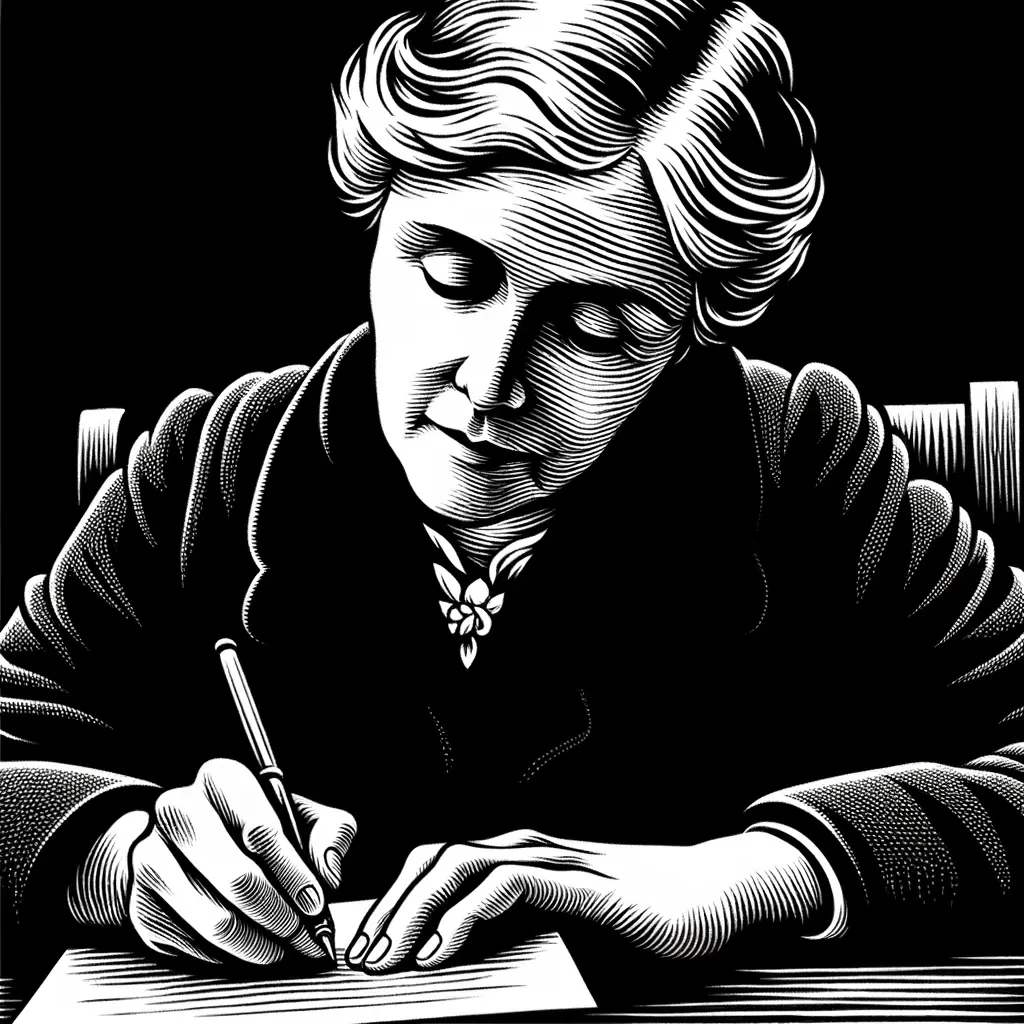
Readings for the Feast Day of Evelyn Underhill
This reflection was shared at Sacred Saunter Outdoor Eucharist on Saturday June 15, 2024 at Waluplh – Lighthouse Ranch in Loleta CA
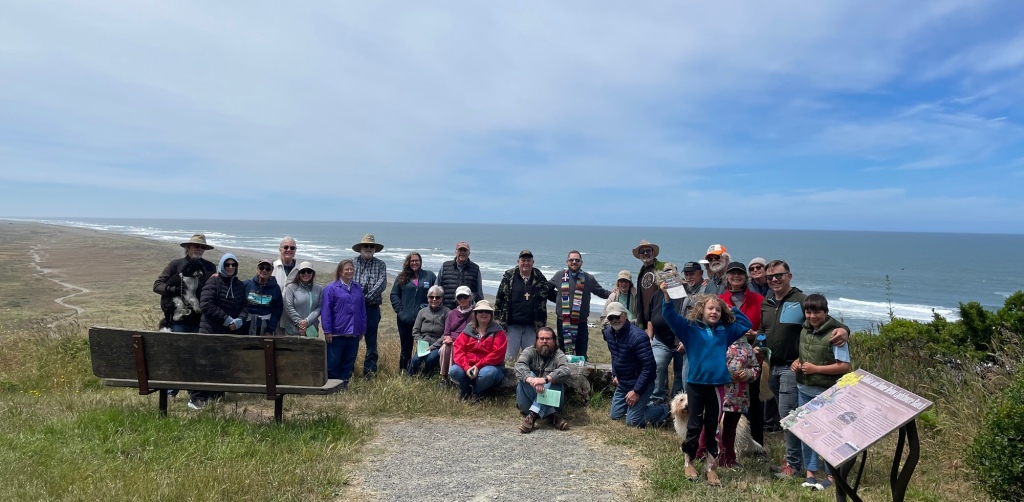
Evelyn Underhill was an Anglo-Catholic poet, novelist, spirituality scholar, and retreat leader who lived in London during the early 20th century. She is best known for her 1911 magnum opus titled Mysticism: A Study of the Nature and Development of Man’s Spiritual Consciousness, a book that liberated the oft-maligned subject of “mysticism” from its associations with the occult, dark magic, navel-gazing, and theological gobbledygook. She defined mysticism as the art and science of the spiritual life and wrote eloquently about the robust spiritual lives of the great Christian mystics throughout the centuries, such as Teresa of Avila, John of the Cross, Nicolas of Cusa, and Julian of Norwich. For her, mysticism involves a direct experience of God, and the method of mysticism is simply the practice of love. Although she knew the path of spiritual transformation was not always linear, she wrote about the five general stages in the soul’s journey to God: awakening, purgation, illumination, the dark night, and finally union with the divine. She considered joining the Roman Catholic Church, but ultimately found her home in the Anglican Church, where she embraced the Anglican emphasis on the Incarnation, which helped her to bring her own mystical tendencies “down to earth.” Twice a week, she worked among the poor in the London slums, led spiritual retreats at the Pleshey Retreat House in Essex (at a time when retreats were only led by male clergy, not by lay women), and mentored many authors, including a young C. S. Lewis. In one of her letters to C. S. Lewis, she strongly disagrees with an idea that he advocates in his book The Problem of Pain, in which he says that tame and domesticated animals are closer to God than wild animals. She asks him, “Is the cow which we have turned into a milk machine or the hen we have turned into an egg machine really nearer the mind of God than its wild ancestor?” She continues, “Your own example of the good-man, good-wife, and good-dog in the good homestead is a bit smug and utilitarian don’t you think over against the wild beauty of God’s creative action in the jungle and deep sea? And if we ever get a sideway glimpse of the animal-in-itself, the animal existing for God’s glory and pleasure and lit by His light (and what a lovely experience that is!), we don’t owe it to the Pekinese, the Persian cat or the canary, but to some wild free creature living…utterly independent of man.” Although Underhill agrees with Lewis in the idea that we humans may have a role to play in the redemption of other creatures, she says it is surely not by taming them, but “rather by loving and reverencing the creatures enough to leave them free.” She concludes by saying, “Perhaps what it all comes to is this, that I feel your concept of God would be improved by just a touch of wildness.”[1]
[1] Evelyn Underhill, “Letter from Evelyn Underhill to C. S. Lewis” (13 January 1941). The Making of a Mystic: New and Selected Letters of Evelyn Underhill, edited by Carol Poston (Urbana: University of Illinois Press, 2010), 341 – 342.
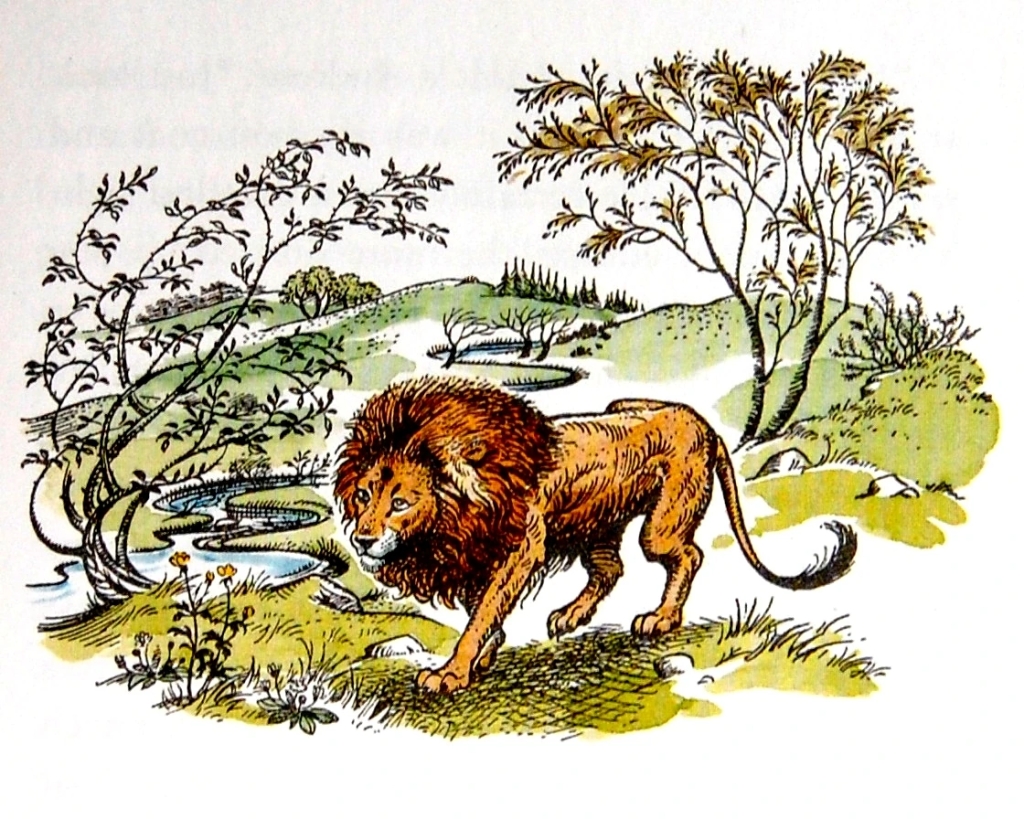
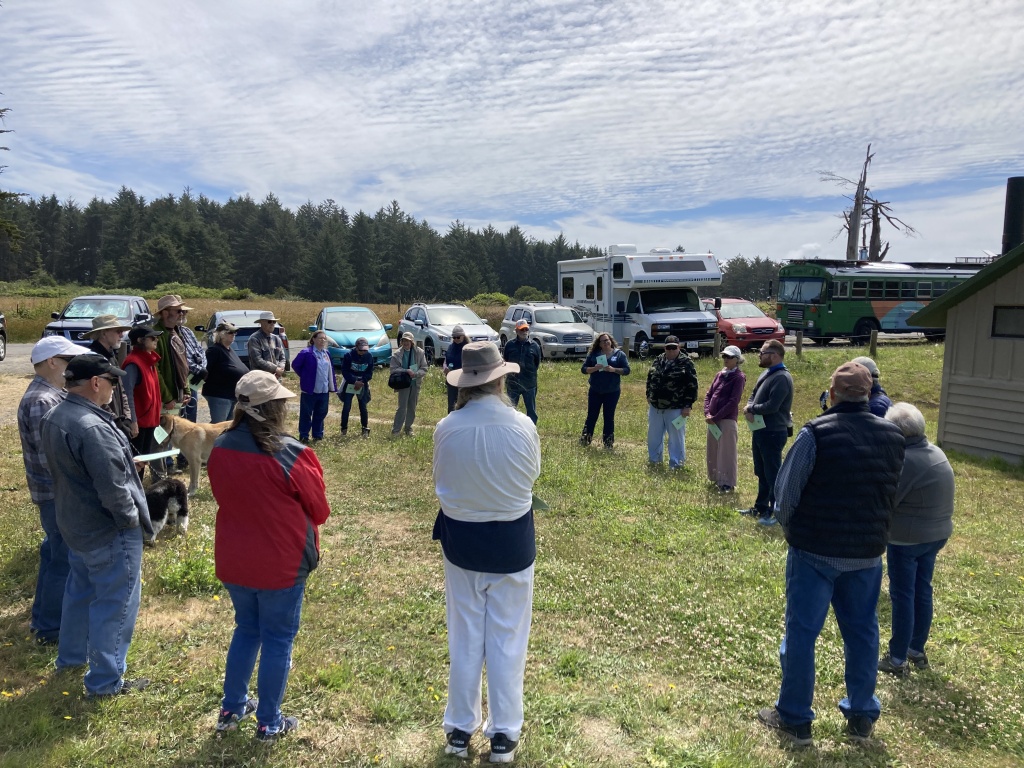
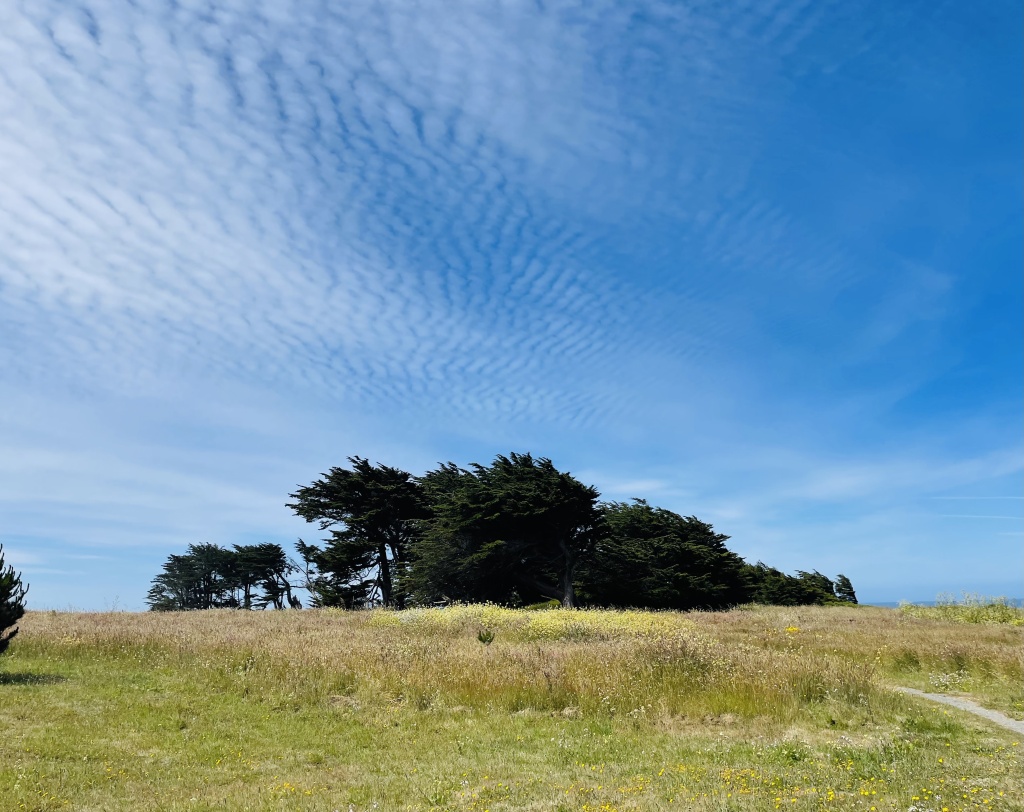


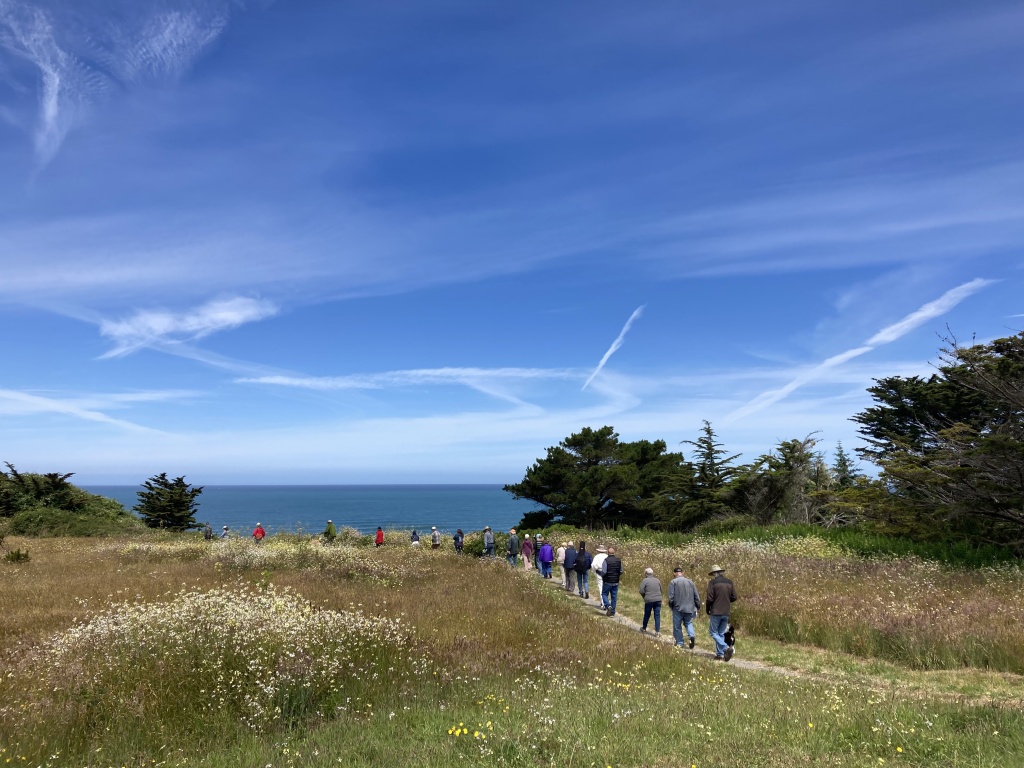






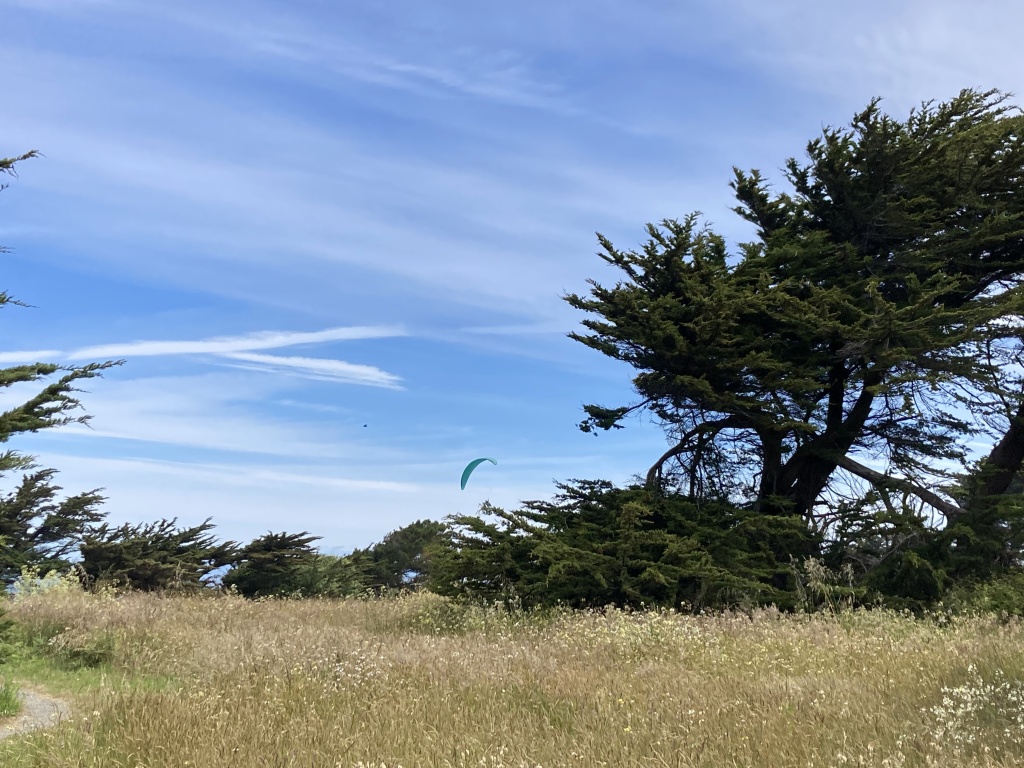

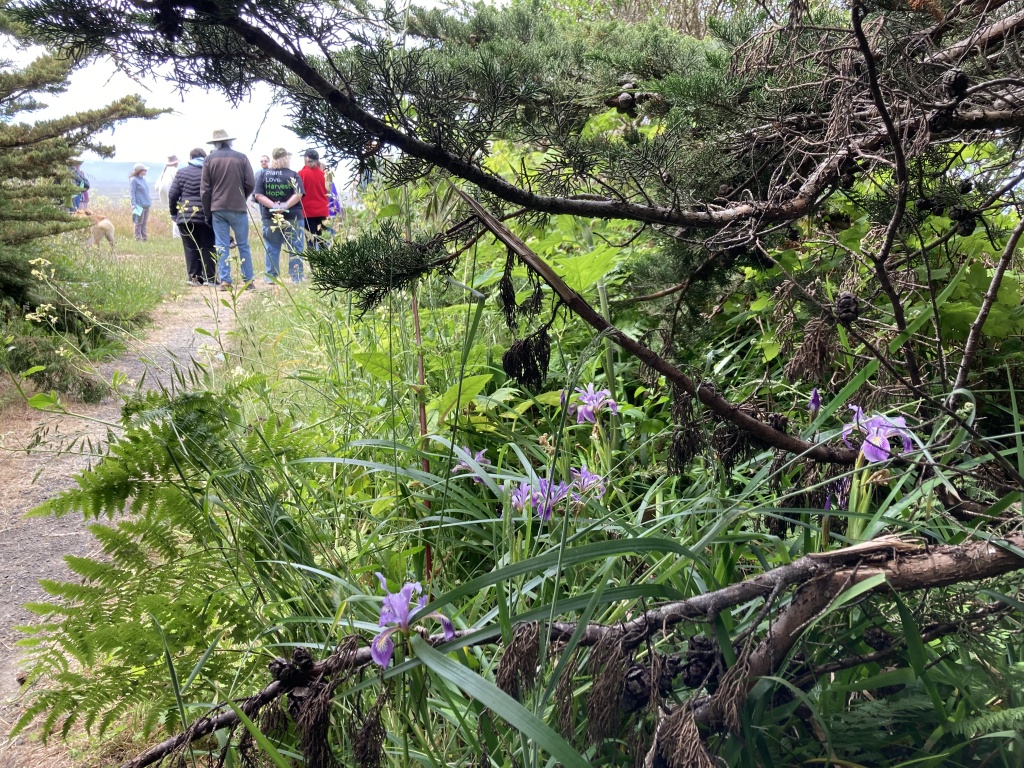


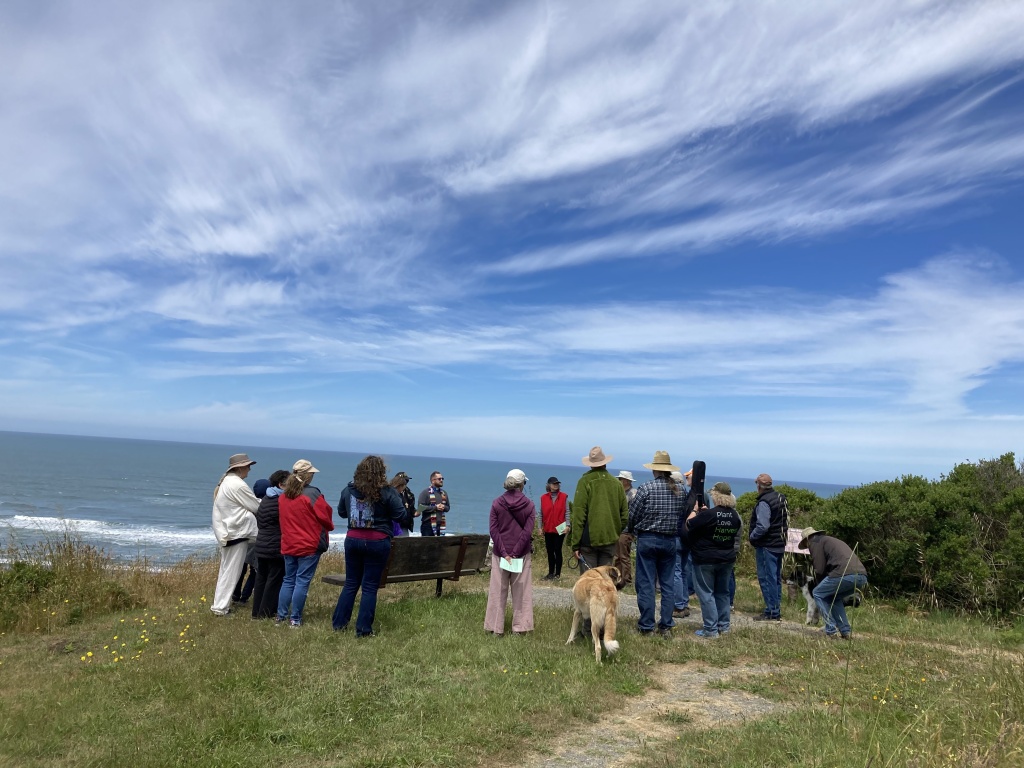






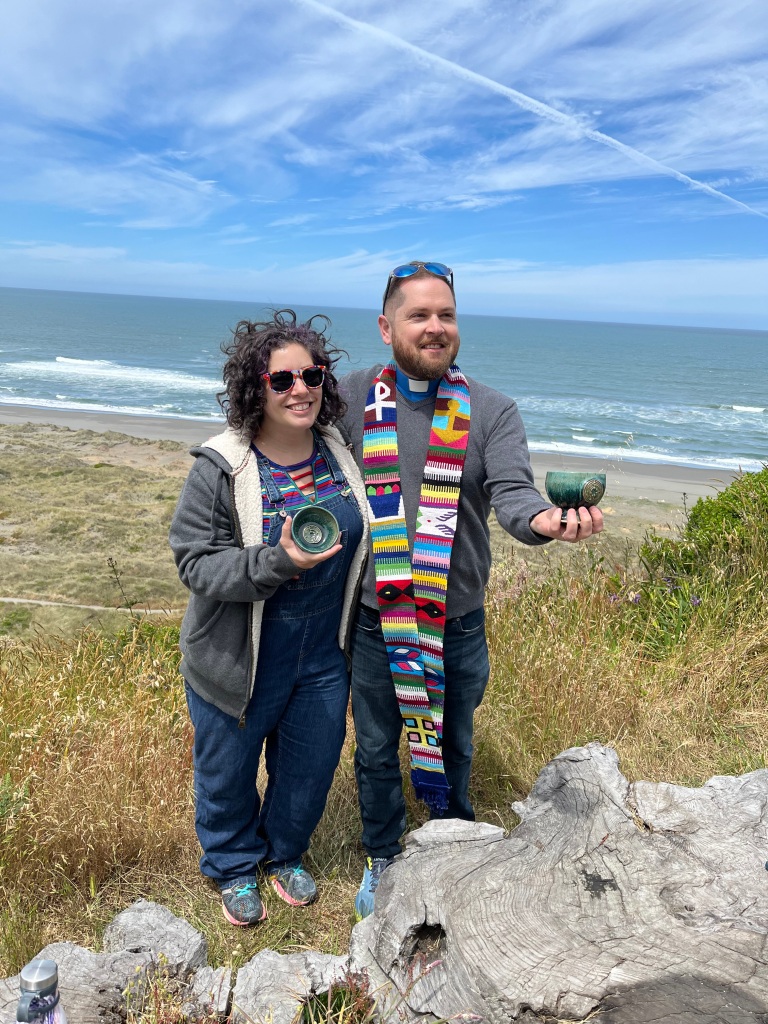
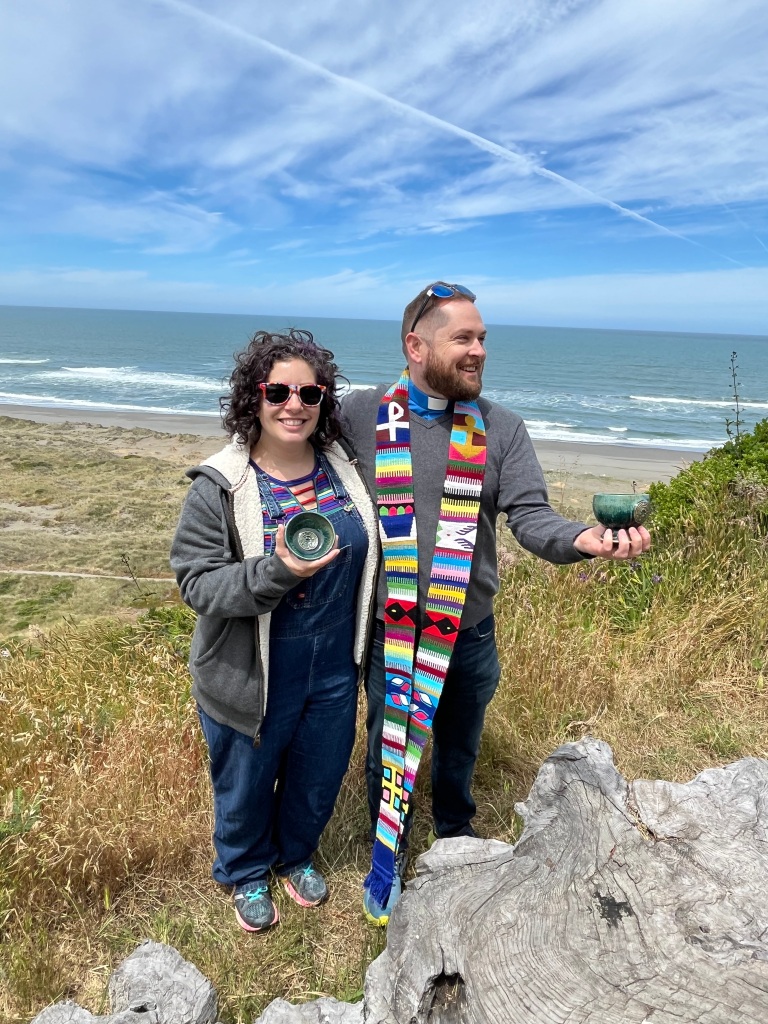



The kids and I had – as usual – a wonderful time worshipping outside with our friends from Christ Church, our three fellow travelers from St. Alban’s, and a new (to us) friend from St. Francis. Thanks for the lovely service. Great photos of Table Bluff in all its windy splendor, including the hang gliders flying overhead, which is unsurprisingly not a feature of the Sequoia Park sacred saunters.
I also enjoyed reading and hearing about Evelyn Underhill, including her mentorship of C.S. Lewis. I plan to read more about her life and hope to find time to read one or more of her books, and to investigate whether JRR Tolkien, who was famously friends with Lewis and members of The Inklings together, named a prominent family of hobbits after Evelyn Underhill. Then again, it could just be that Underhill is a name that makes all the sense in the world for a fantastical halfling that lives… under hills.